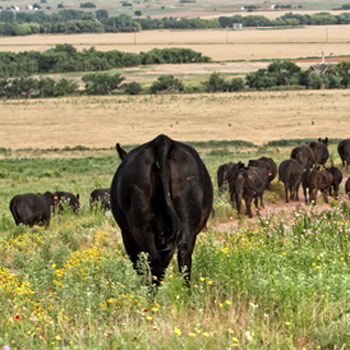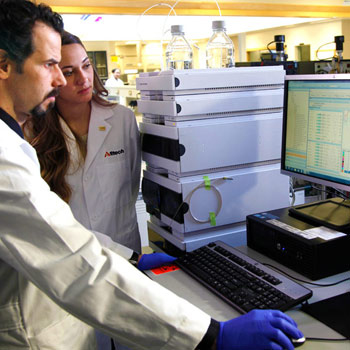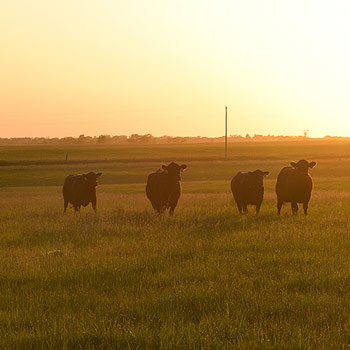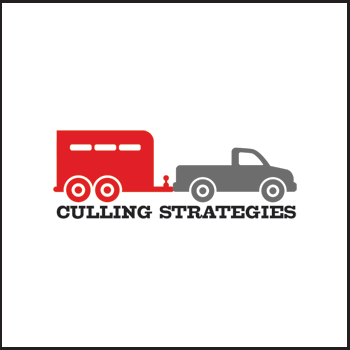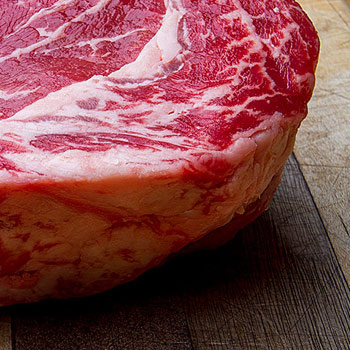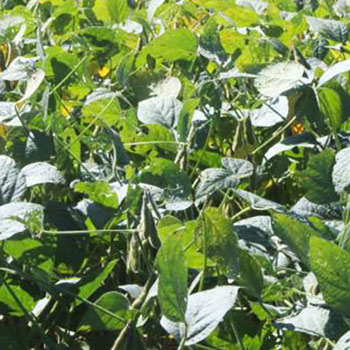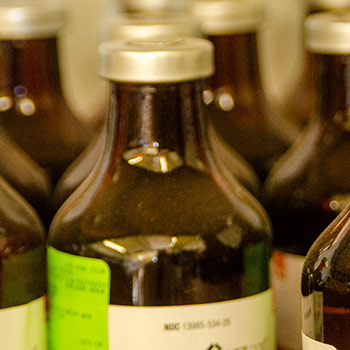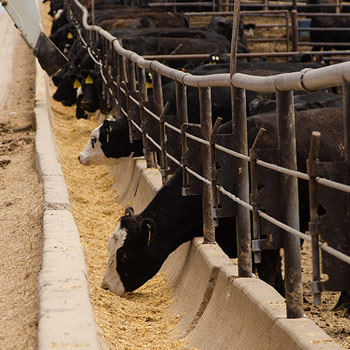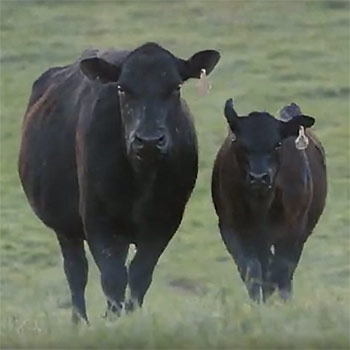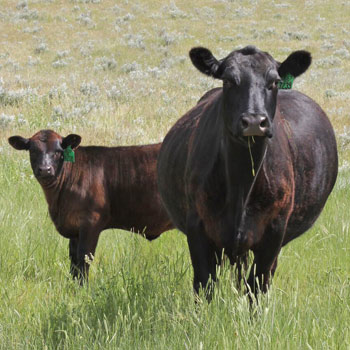ANGUS BEEF BULLETIN EXTRA
October 21, 2019 | Vol. 12 : No. 9
ANGUS BEEF BULLETIN EXTRA
October 21, 2019 | Vol. 12 : No. 10


The Source
Control the controllables.
There is a lot of news in the cattle industry today. You do not have to read very much or very often to see that there is a lot going on that affects the prices we receive for our cattle. Whether it is packing plant fires, export markets, supply and demand, weather or crop reports, it seems every day brings a new challenge.
While we cannot control the weather, or any of these other factors, we can control how we plan to market the calves we raise to some extent.
The first step is to clarify what we can and cannot control. The two most impactful factors that we can control are our management practices and our genetic choices. Whether you are trying to meet the new traceability and identification requirements (age and source) or trying to participate in the value-added marketing opportunities, there are many choices available.
The new year will bring a new beginning. The American Angus Association’s verification programs and the Angus database will be combined into one flagship program, Angus LinkSM. Producers will still be able to obtain any of the six USDA Process Verified Programs (PVP) along with the option to add optional Genetic Merit Scores to their enrollment. The optional Angus Link Genetic Merit Scores have not been changed. The Angus Link certificate will list your beef score, feedlot score and grid score if you choose this option.
The base program of Angus Link will be Age and Source verification. Each of the additional PVP programs is optional:
- Non-Hormone Treated Cattle (NHTC);
- Never-Ever 3 (NE3);
- Cattle Care and Handling (CCH);
- Calf Management (CM); and
- Angus-Sired Genetics (ASG).
Why should you consider enrolling in the American Angus Association’s value-added program, Angus Link?
Currently there is a demand for third-party verified “all-natural” (NE3), and “non-hormone treated cattle” (NHTC). Producers who are keeping calving records, not implanting their calves and documenting calves that have been treated may qualify for enrollment. In addition, there are options for operations that highlight “proper management practices” (Cattle Care and Handling) or employ a “preventative animal health” (Calf Management) program. All of these programs and verifications can help insulate the producer from a turbulent market.
The marketing support offered by the Association’s value-added programs is unrivaled in the industry. No other verification program currently alerts more than 800 buyers to when and where your verified calves will be selling. Emails and social media are used to provide information to potential buyers ahead of the actual sale.
In addition to verifying your management practices, you are able to communicate the value of your genetic choices. By enrolling in Angus Link or Angus-Sired Genetics, the producer is able to remove the guesswork by demonstrating the performance potential of their product. Setting their calves apart from the industry average with verified documentation will also set them apart when it comes time to sell.
That still leaves a lot that we can not control, but by being proactive we can influence how much these factors affect us and our bottom line.
Editor’s note: Ginette Gottswiller is the director of commercial programs, and Casey Cobb is an Angus Link field representative for the American Angus Association.
